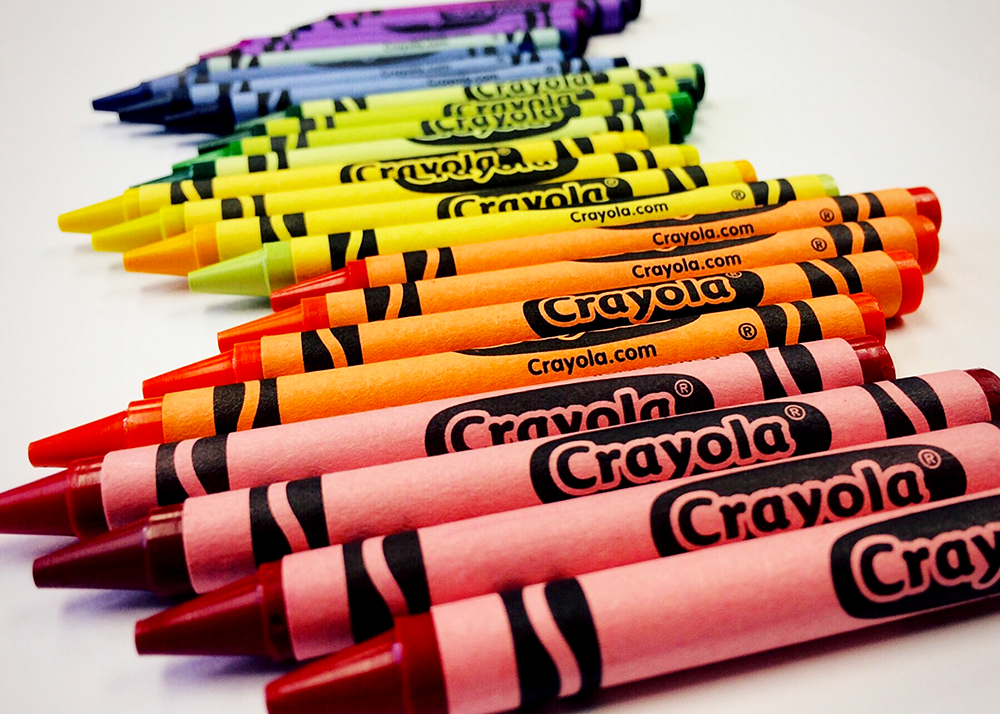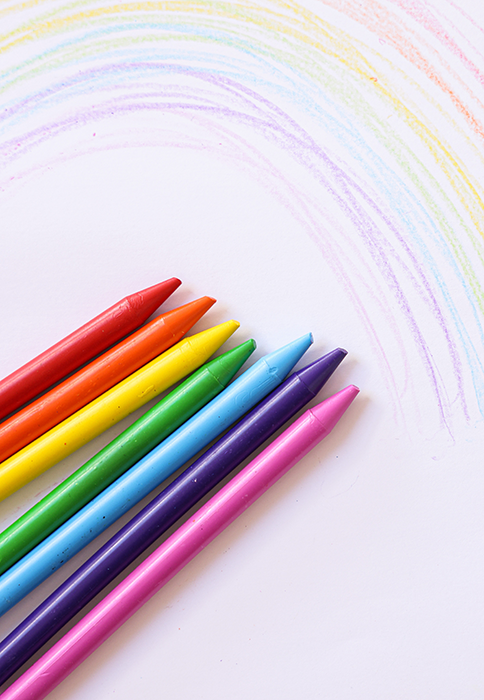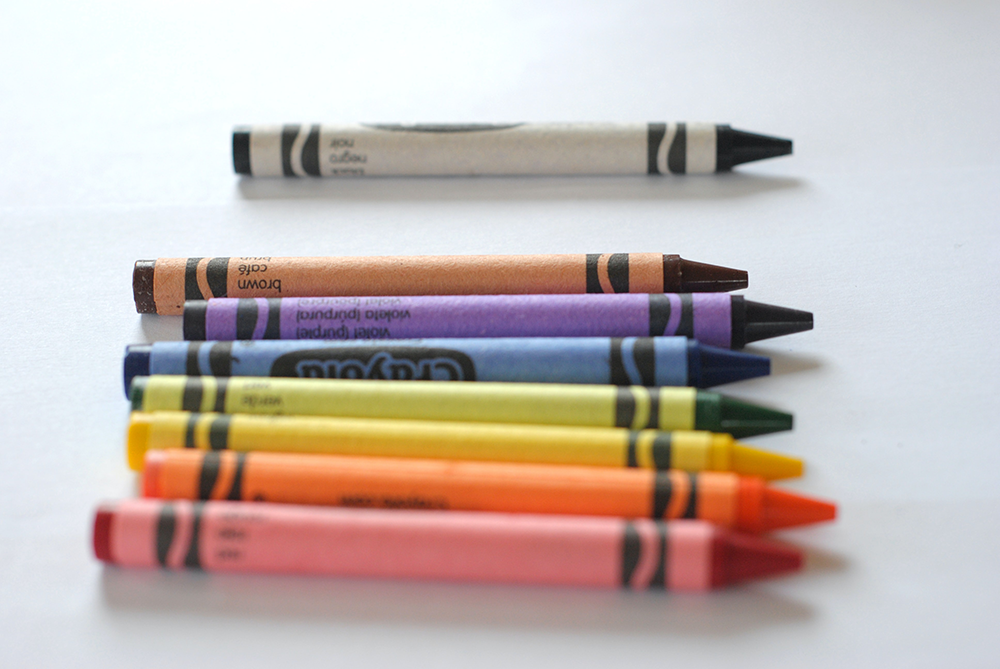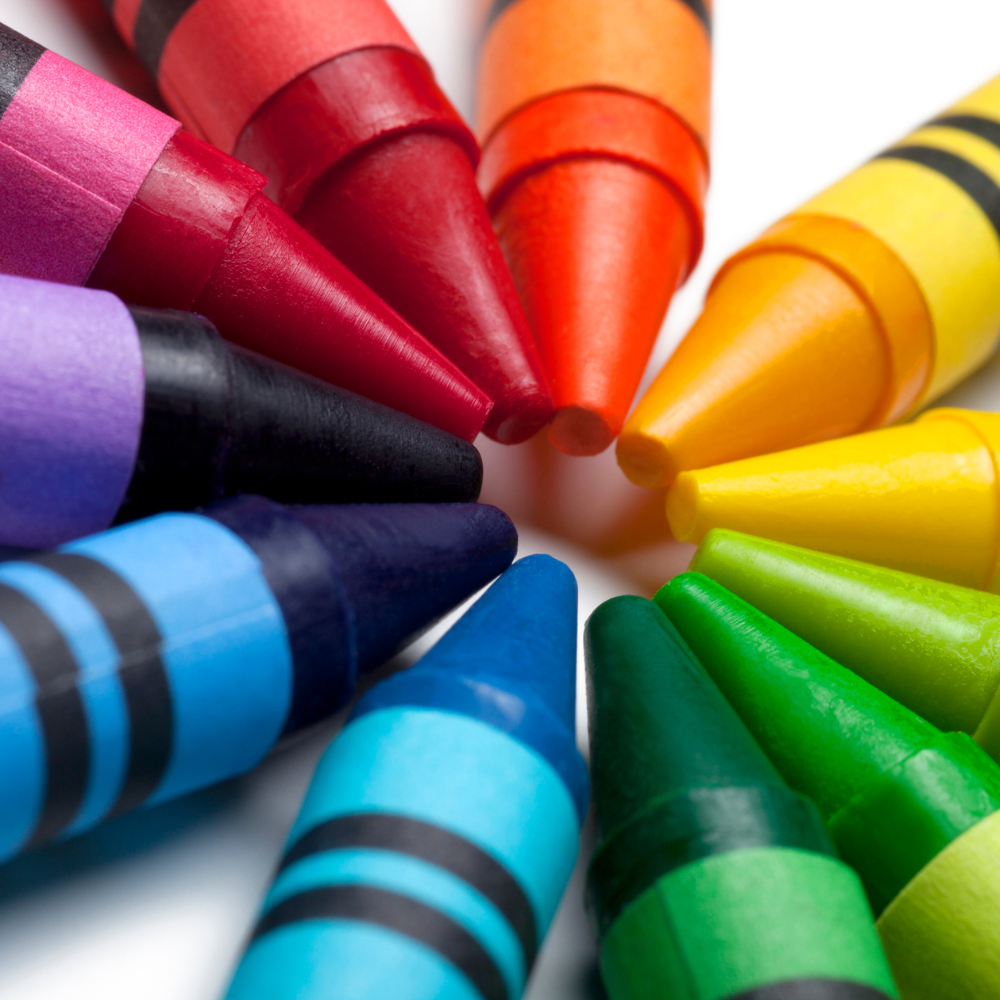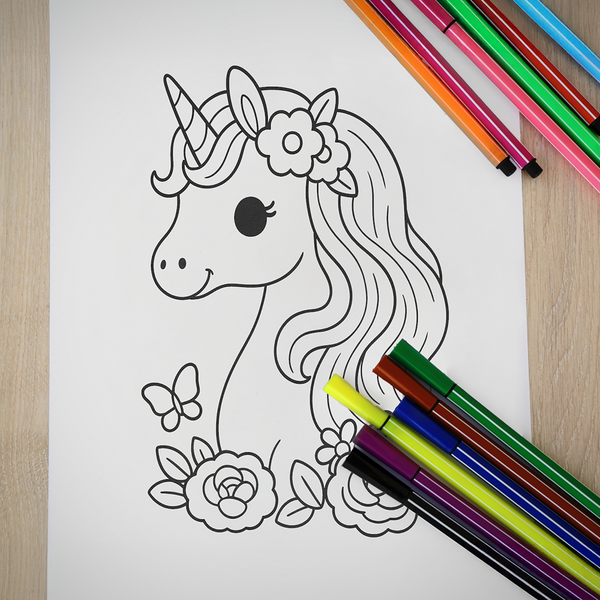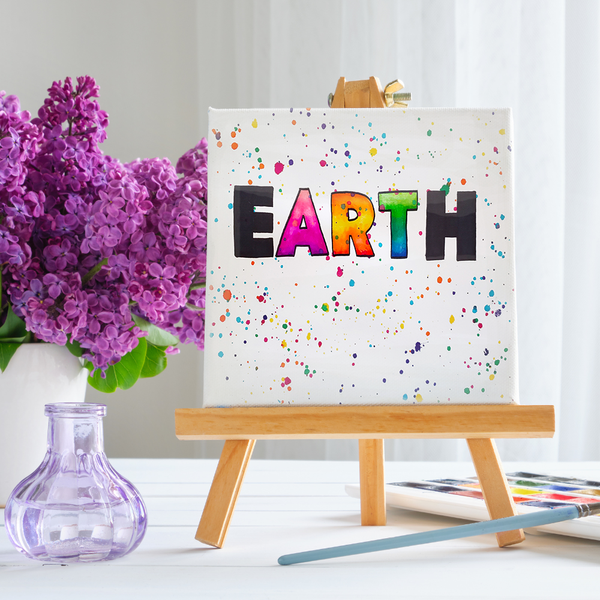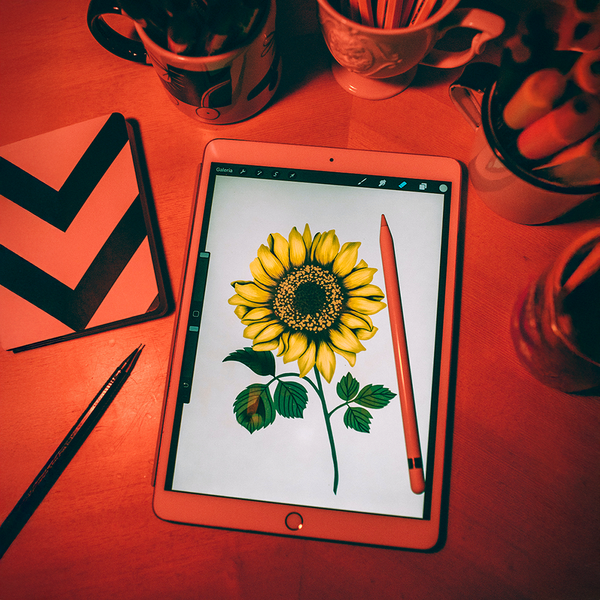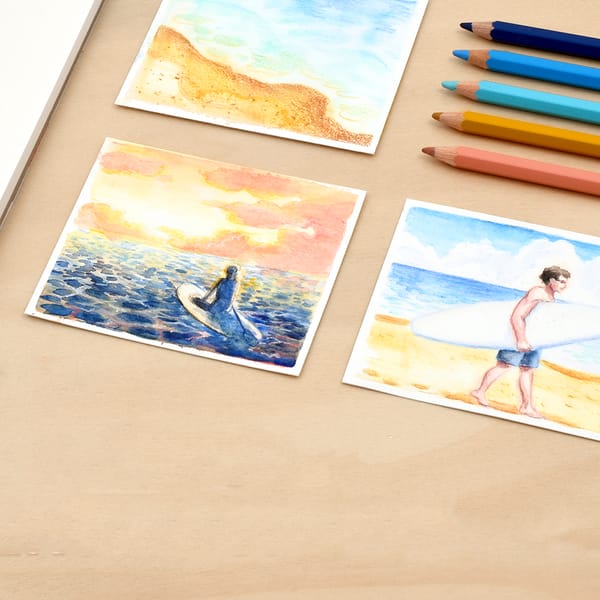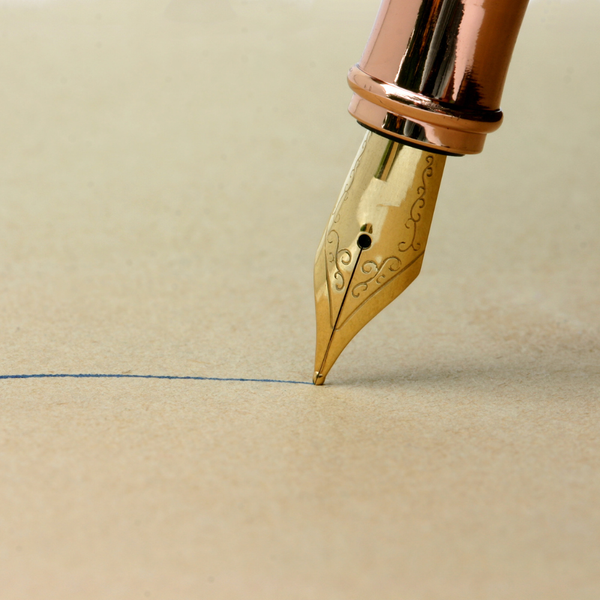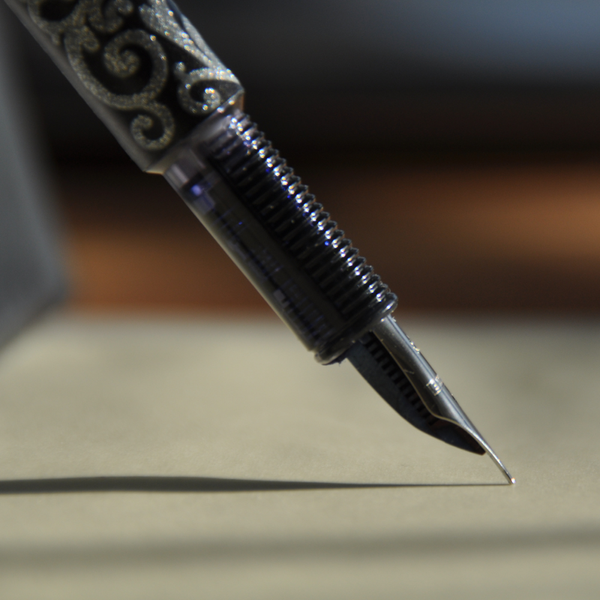Think crayons are just child's play? Think again!
In the realm of professional artistry, the right tools can elevate a simple sketch into a gallery-worthy masterpiece.
Crayons may evoke nostalgic memories of childhood doodles, but they also hold a coveted spot in the professional artist's toolkit.
But with an array of choices, which crayons do the pros reach for?
When it comes to professional art, the tools of the trade are just as important as the skills of the artist.
Crayons, often associated with children's coloring books and elementary school art projects, also have a place in the professional artist's arsenal.
Our guide is your all-access pass to the world of top-tier crayons and coloring tools, meticulously crafted for the discerning artist.
Prepare to be inspired as we reveal the crayons that bring professional artwork to life!
Key Takeaways:
- Professional artists often opt for high-grade crayons like Faber Castell Pitt crayons, Caran d'Ache, and other brands that offer artist quality crayons with excellent lightfastness and a wide range of highly pigmented colors.
- While Crayola crayons are a popular choice for children and classroom packs, most artists require materials that blend easily, maintain a sharp point, and don't break easily for detailed artwork.
- Understanding the different types of crayons and their properties, such as wax crayons, wax pastels, and soft pastels, can help artists select the best colored pencils and crayons for their specific artistic needs.
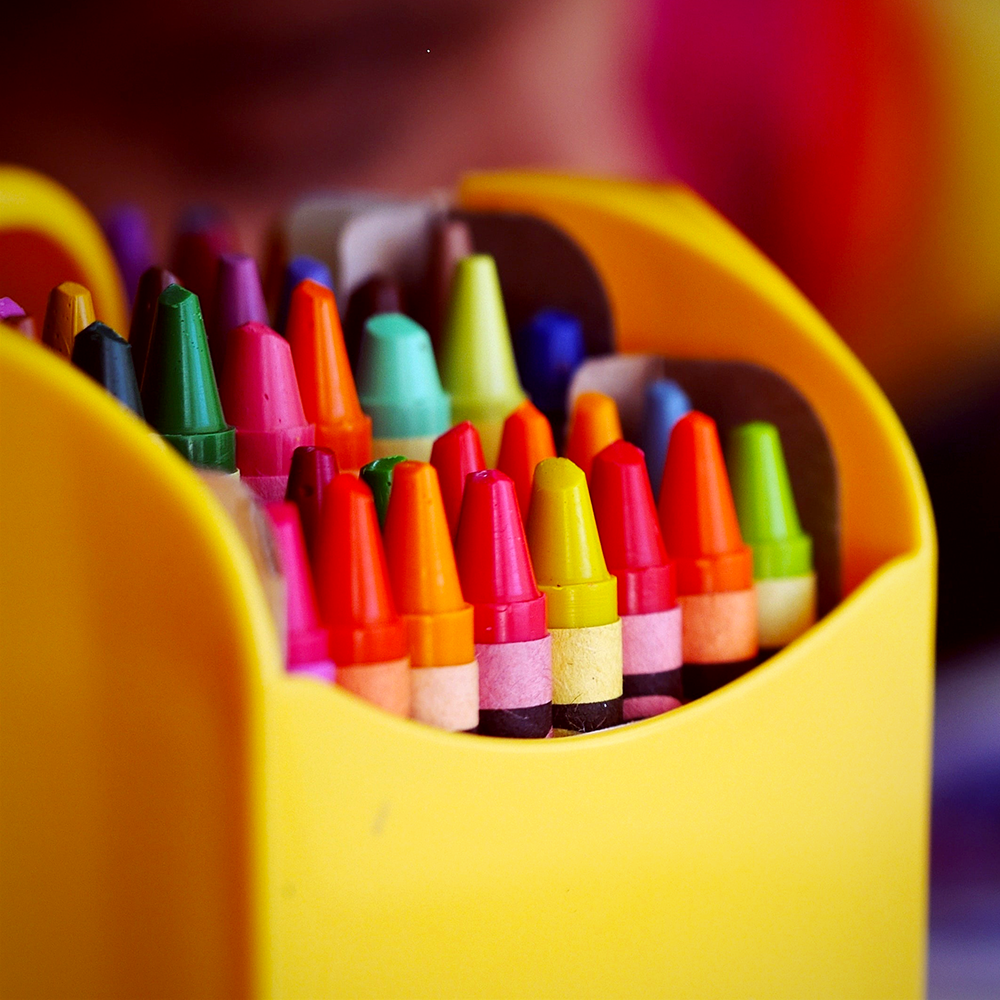
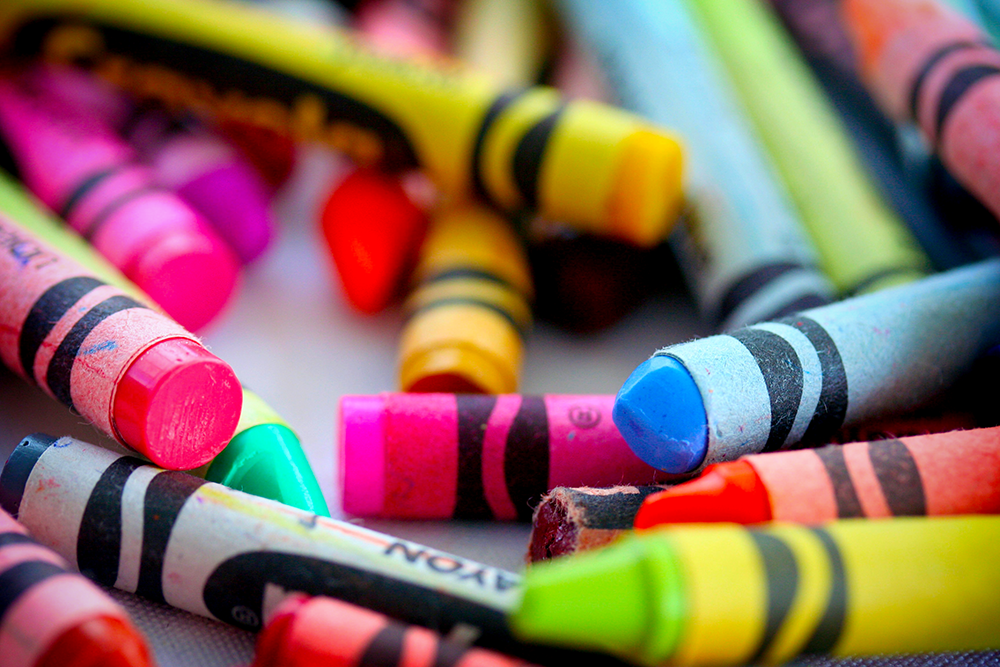
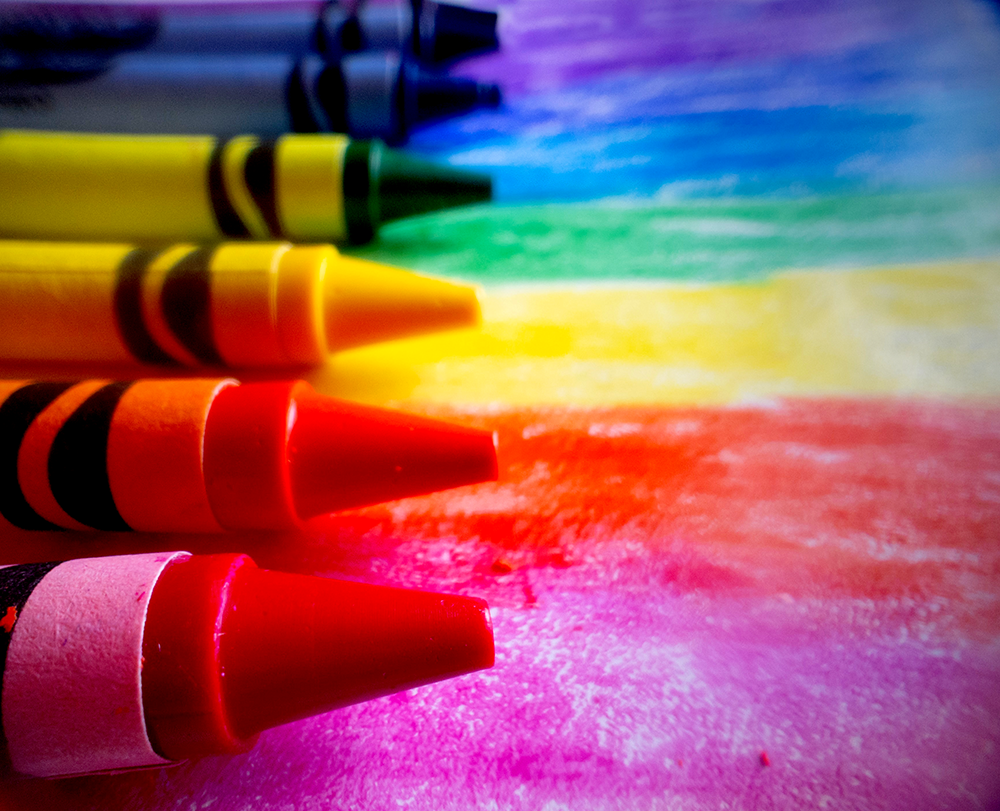
The Quest for Quality: Artist Grade Crayons
For most artists, the search for the perfect crayon is about finding a balance between softness and durability.
Artist quality crayons, such as Faber Castell Pitt crayons, are a staple for many professionals.
These crayons are known for their rich pigmentation and ability to blend easily, making them ideal for creating smooth transitions and intricate details in drawings.
Unlike the wax crayons typically found in kids' art supplies, these artist-grade crayons maintain a sharp point and don't break easily, allowing for precision in artwork.
Another highly regarded brand is Caran d'Ache, which offers a range of crayons praised for their excellent lightfastness—meaning the colors won't fade over time—and their vibrant shades.
These crayons are made with a blend of wax and oil, giving them a creamy texture that glides effortlessly across the surface.
Caran d'Ache crayons are often the go-to choice for professionals who require a wide spectrum of colors and a tool that can keep up with their creative demands.
Wax Pastels and Soft Pastels: Understanding the Differences
Wax pastels, also known as wax crayons, are a common choice for artists who enjoy their ease of use and the ability to layer colors.
They are composed of a mixture of wax and pigments, which results in a sturdy stick that can produce bright, bold lines.
However, wax pastels can sometimes appear shiny on paper, which may not be desirable for all types of artwork.
Soft pastels, on the other hand, are favored by many artists for their powdery texture and the ability to create a range of artistic effects.
These sticks are made from a combination of pigments, a binder, and a filler, which gives them a velvety feel.
Soft pastels are known for their blending capabilities, allowing artists to mix colors directly on the paper or canvas.
While they can be messier than wax pastels, the depth and richness they bring to artwork make them a popular choice for professionals.
The Significance of Pigment Quality in Crayons
When it comes to professional art, the quality of pigment used in crayons is paramount.
High-quality pigments ensure that the colors are vivid, lightfast, and capable of producing a wide range of hues.
Professionals often turn to brands like Caran d'Ache, which are renowned for their rich, high-pigment content.
These crayons offer a depth of color that is essential for artists who require their work to maintain its integrity over time.
Furthermore, the pigment quality also affects the crayon's blending capabilities.
Artists who use soft pastels, for example, need to blend colors seamlessly to achieve the desired effect in their drawings.
Premium crayons with superior pigments can be layered and mixed without losing their intensity, allowing for a more dynamic and expressive piece of art.
Whether working on a canvas or a specialized paper, the right pigment can make all the difference in the final presentation.
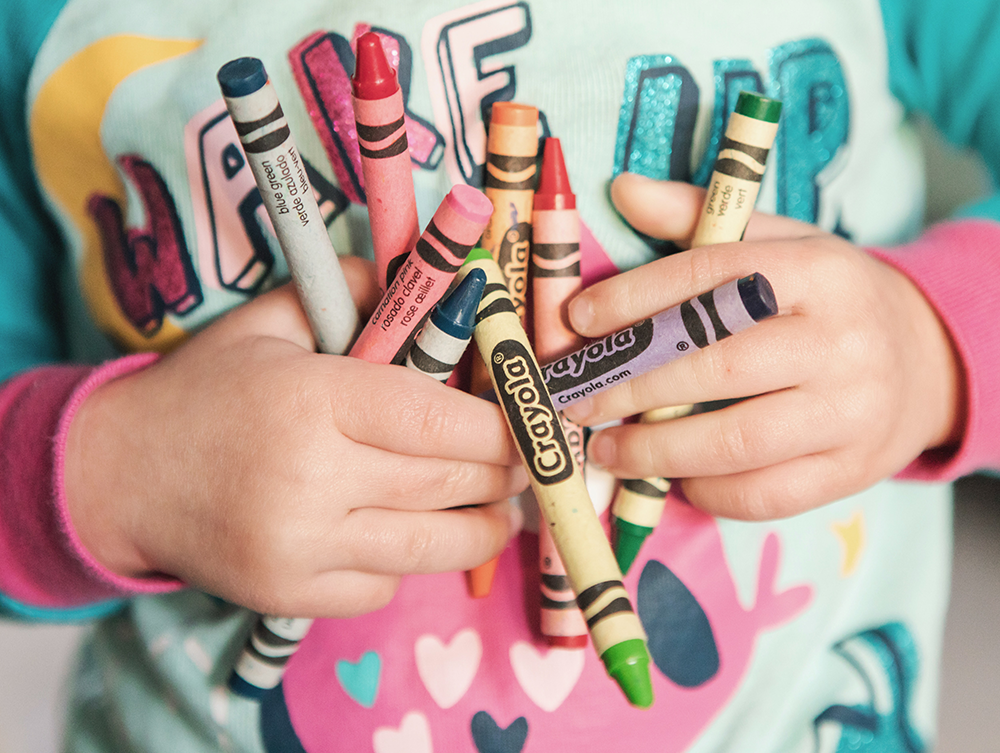
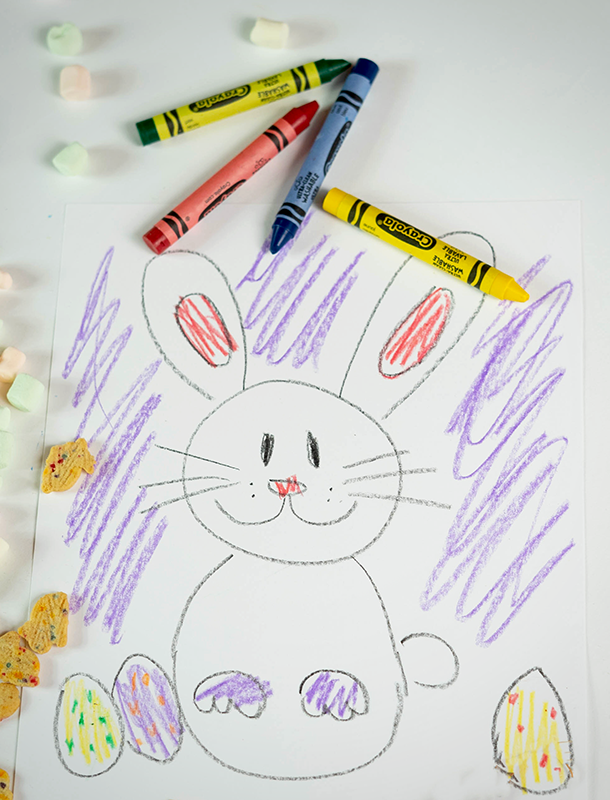

Trying Mixed Media Techniques with Crayons
In the realm of professional art, the integration of mixed media techniques can elevate the complexity and texture of a piece.
Crayons, particularly those with a wax or soft pastel base, can be used alongside paint and graphite to create intricate layers and details.
For instance, an artist might use a fine brush to apply thin lines of metallic paint over a drawing, adding a shimmering quality that crayons alone cannot achieve.
Moreover, the versatility of crayons allows them to be used in conjunction with other tools to produce unique effects.
A graphite underdrawing can provide a detailed course for the crayon to follow, while the application of a light wash of paint can set a mood or atmosphere before crayon details are added.
By using crayons from reputable suppliers like Dick Blick, artists can ensure that their mixed media creations stand out with clarity and professional-grade quality.
Whether it's a bold box of metallic crayons or a subtle touch of soft pastel, the combination of mediums can result in a truly captivating work of art.
Choosing the Right Surface: Paper and Beyond
The choice of surface is crucial when working with crayons and colored pencils.
Professionals often use construction paper, which provides a toothy texture that holds pigments well.
However, many artists also explore other options like watercolor paper, which can handle both dry and wet media, allowing for mixed-media techniques involving watercolors, acrylics, or even charcoal.
The surface's texture can greatly affect the final appearance of the crayon or pencil work.
Smooth papers are excellent for fine details and sharp lines, while rougher papers can create interesting textures and effects.
It's all about matching the paper to the artist's style and the demands of the specific project.
The Importance of Blending and Layering
Blending is a technique that most artists use to create gradients, shadows, and depth in their artwork.
Crayons and colored pencils that blend easily are highly sought after because they allow for a seamless transition between colors.
Tools like blending stumps, brushes, or even fingers are used to soften and merge colors together.
Layering is another important aspect of working with crayons and colored pencils.
By building up layers of color, artists can achieve a richness and complexity in their work that is not possible with a single application.
This technique requires crayons and pencils that can lay down color smoothly without becoming muddy or over-saturated.
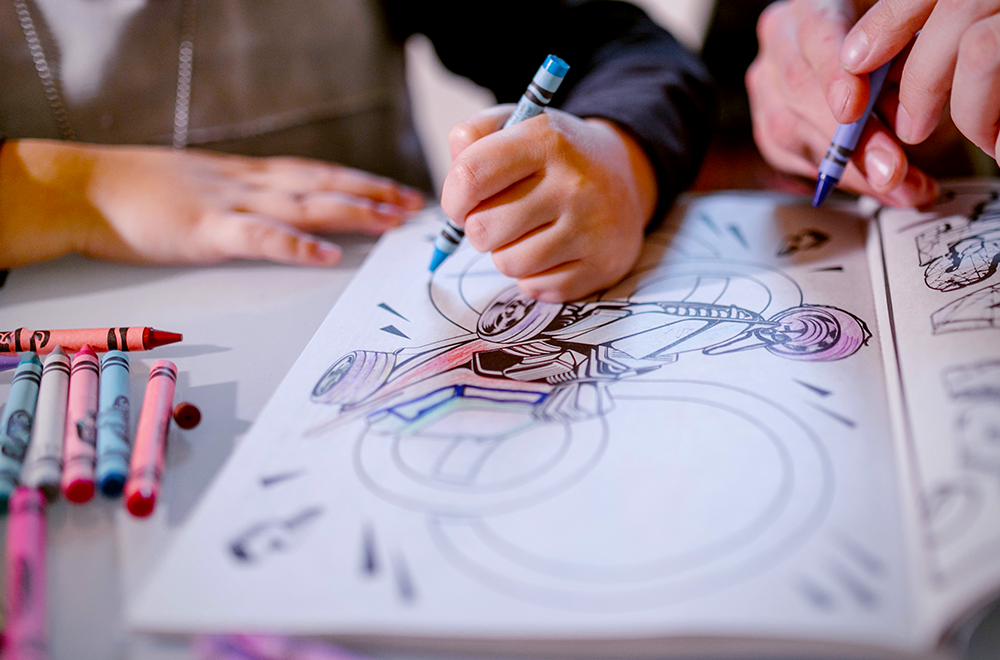
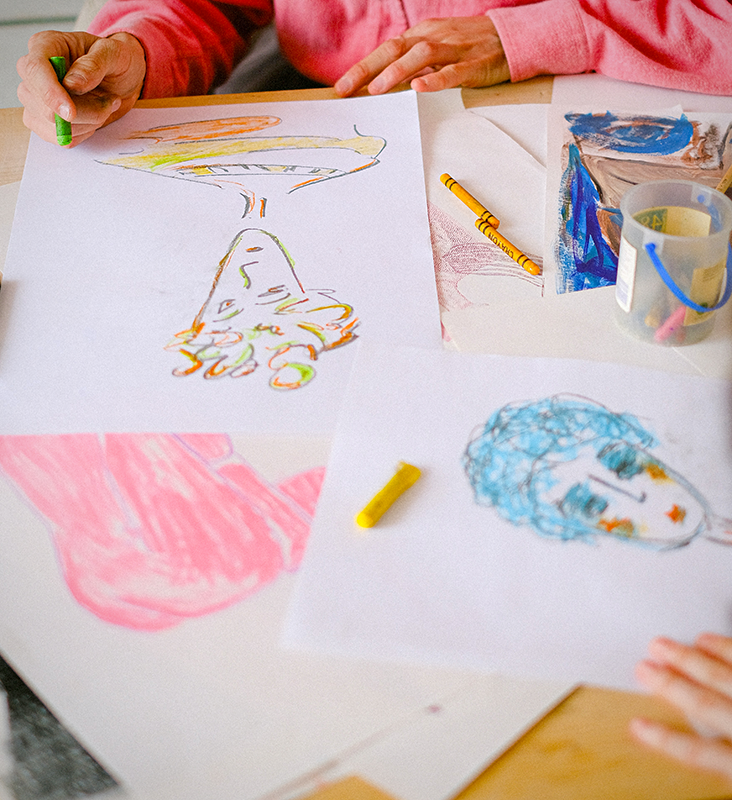

The Evolution of Crayons: From Kids to Pros
While most people associate crayons with kids' playtime, the evolution of crayons has led to the development of products that are anything but child's play.
Professional-grade crayons are designed with the artist in mind, offering a range of tools that can produce everything from bold, graphic lines to subtle, painterly effects.
The industrial carbon and clay used in cheaper crayons are replaced with high-quality pigments and binders in professional crayons, resulting in a tool that is both versatile and reliable.
Whether used for quick sketches or elaborate pieces, these crayons have become an integral part of the professional artist's palette.
Crafting Choice Crayon Masterpieces
In the vibrant world of art, the final stroke is as crucial as the first.
As we've journeyed through the realm of professional-grade crayons, it's clear that the choice of coloring tool is pivotal in transforming visions into tangible art.
Professional artists require crayons that offer a blend of durability, pigmentation, and blendability.
Understanding the differences between wax crayons, wax pastels, and soft pastels, as well as the importance of choosing the right surface and mastering blending and layering techniques, is essential for artists looking to elevate their work.
From the robust pigments of Faber-Castell Pitt crayons to the luxurious texture of Caran d'Ache, each crayon is a key that unlocks new potentials in color and creativity.
Whether you're navigating the nuances of wax crayons or the delicate dance of soft pastels, remember that the medium is as much a part of the masterpiece as the message.
While Crayola crayons may be an affordable option for classroom packs and fun children's activities, professionals often seek out more specialized tools that can withstand the rigors of detailed, high-quality artwork.
So, as you stand before your canvas, poised to create, choose the crayons that not only fill the space but also fulfill your artistic ambition.

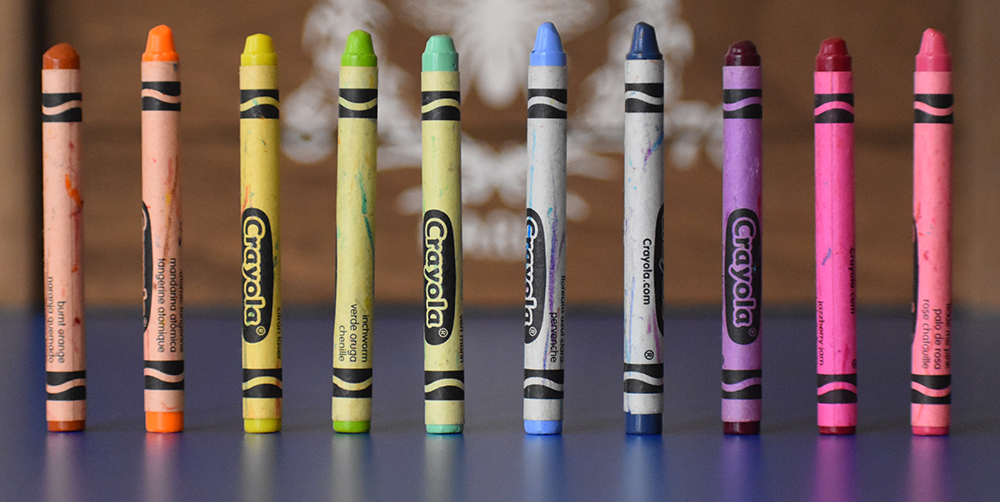
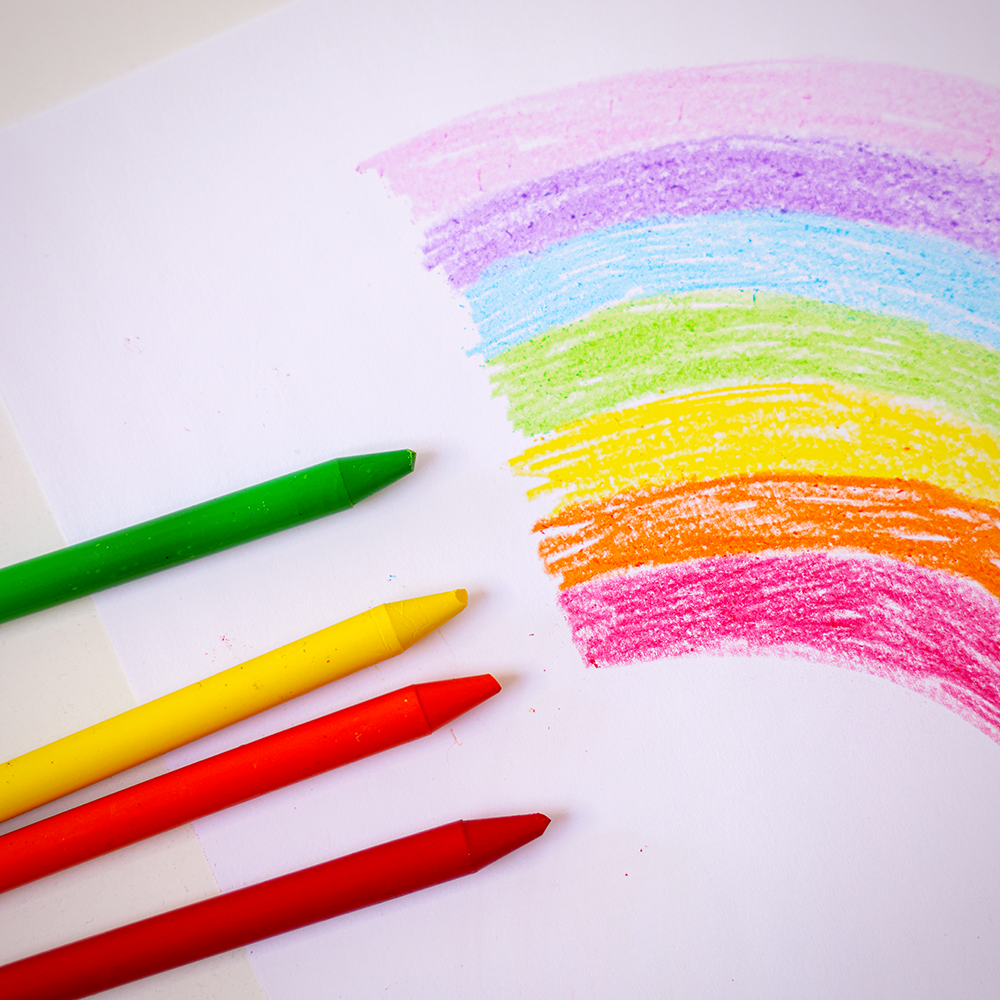
Crayon FAQs
Are you a budding artist or a seasoned pro looking to add a splash of whimsy to your canvas?
Dive into the vibrant world of crayons with some frequently asked questions!
Whether you're contemplating the suitability of Crayola for professional masterpieces, curious about the rainbow of colors available in pro sets, or pondering the nuances between wax crayons and soft pastels, we've got your answers.
Let's color outside the lines and explore the possibilities!
Can professional artists use Crayola crayons for their artwork?
While Crayola crayons are not typically the first choice for professional artists due to their formulation and durability, they can still be used for certain artistic effects or in mixed-media pieces. However, most professionals prefer artist-grade crayons for their higher quality and reliability.
How many colors do professional crayon sets typically include?
Professional crayon sets can vary widely in the number of colors they include. Some sets may offer a basic range of primary and secondary colors, while others can provide extensive palettes with hundreds of shades. The choice depends on the artist's needs and the complexity of their work.
What is the main difference between wax crayons and soft pastels?
The main difference lies in their composition and texture. Wax crayons are made with a wax base and tend to be firmer and less messy, while soft pastels have a powdery texture that allows for easy blending and layering but can be more delicate and prone to smudging.

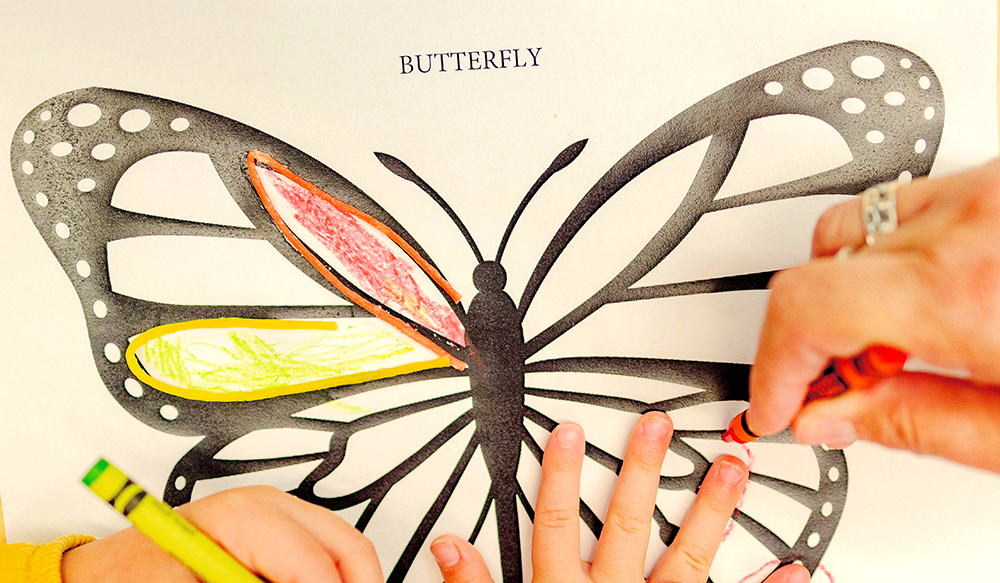

Curious about professional crayons? Check out BlackBean CMS' video!
Want even more content about creativity and art?
Be sure to check out all of our creative chronicles!
Love crayons?
Check out some of our other articles:
-Which crayon brand is the best?
-How do you make crayons look professional?
-How do you make easy crayons?
-What are the two main ingredients to make a crayon?
-Who is the most famous crayon artist?
